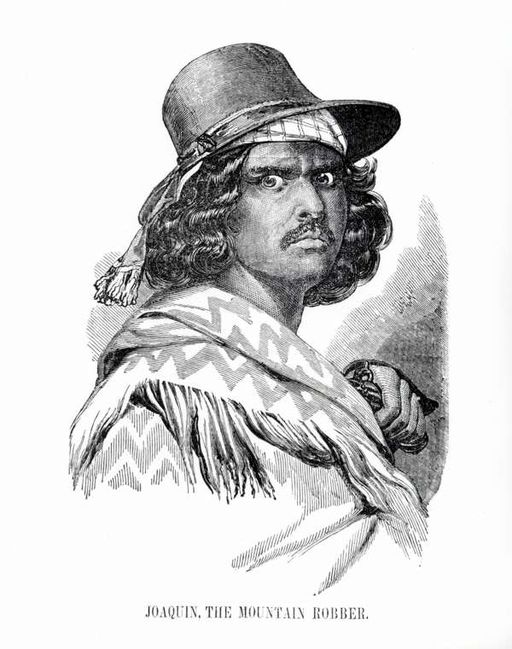Randolph Scott is a rancher in this western, with a nasty
neighbor (Alexander Knox) who doesn’t like to share. Knox is the biggest rancher
in the valley, and he wants the whole valley. That includes Joan Leslie, who
tires of waiting for Scott to pop the question and marries Knox instead in the first
reel.
From that point on, Kenneth Gamet’s script either runs out
of ideas or goes after too many of them. There’s a second woman (Ellen Drew),
with a small ranch nearby and a lot of gumption. She is sweet on Scott, but
he’s still hankering for the married Leslie. It’s hard to understand why. She’s
heartless as they come having married for money, and skip the connubial bliss,
as the groom learns on his wedding night.
Plot. Knox and his
foreman (Richard Rober) try to force Scott off his ranch, and they get pretty
rough. They stampede his cattle and kill first one and then another of two
cowboys. When Scott retaliates by shooting up a line camp full of Knox’s men,
he and his house get shot up in return.
 |
| Ellen Drew, 1939 |
Leslie, meanwhile, has second thoughts about marriage to Knox
and wants Scott to run off with her. But when he takes a round in one leg, he
is rescued by Drew, who takes him to a mountain cabin to recuperate. Things are
pretty friendly between them, and there’s the suggestion that something’s going
on when the lights go out at night.
Enter loose cannon John Russell, who’s been making moves on
Drew from the beginning and won’t get the hint that she’s not interested. He follows
Scott and Drew to the mountain cabin with the professed intent to finish them
both off. There’s a spectacular fistfight that first brings down the roof of
the cabin and ends up with both men (then Drew) hurtling down a muddy mountain
slope. Russell not only gets a drubbing from Scott but, when he returns to the
ranch, is shot dead by Knox, his boss.
Cutting to the chase here, the final settling of scores
happens in the hotel and the streets of town during a fierce,
tumbleweed-blowing gale. Knox is shot when he steps into the line of fire
between his foreman and Scott. The foreman attempts to outdraw Scott but fails.
Scott and Drew then ride off together in a buckboard.
 |
| Tennessee Ernie Ford, 1957 |
Added value. The
film was shot in Technicolor in the always handsome Alabama Hills of central
California, with the snow-clad Sierras as a backdrop. The mountain cabin is
located on wooded slopes above the snowline, where spring thaws swell the
streams.
Tennessee Ernie Ford with his rich baritone voice appears by
a roundup campfire to sing the theme song, “Man in the Saddle.” It was his
first film appearance, and with a cowboy hat and a shaved upper lip, he passes
easily as a ranch hand.
The presence of wonderful character actor Clem Bevans is a
pleasure in the early scenes before he disappears from the plot. Bevans, thin
as a rail and sporting a thick mustache, had a career of playing codgers. John Russell, of course, with his chiseled features, went on to star as TV's Lawman (1958-1962). The film also marks an early appearance of
Cameron Mitchell, who would later turn in performances on 97 episodes of TV’s High
Chaparral (1967-71).
 |
| Clem Bevans (right), The Kansan (1943) |
Mexican actor Alfonso Bedoya plays Scott’s cook, and while
taking a ribbing for his awful coffee, his character is more than an ethnic
stereotype. He gets to play in some action scenes, and a running gag about his
unsuccessful attempts to acquire a proper hat plays right to the last scene,
where he snaps up the dead villain’s Stetson. Not sure how funny that is, but
for what it’s worth, Bedoya gets the last laugh.
As for the action, there’s that spectacular fistfight
between Scott and Russell. During the cattle stampede, Scott races to jump onto
a runaway chuck wagon, which then ignites and bursts into flames behind him. A
shootout in a saloon takes place in the dark, and we have to wait until the
lights come back on to see who was a casualty.
Wrapping up. The
film was based on a 1938 novel by Ernest Haycox, and anyone who has read it can
say whether one bears any resemblance to the other. What’s missing for the
audience is a clear understanding of Scott’s character beyond his desire to keep
his ranch. His stiff upper lip says a lot but not enough.
His adversaries are cardboard characters, with the
murderously irrational desire to possess what they can’t have. Leslie’s
character is downright puzzling. What does she really want and does she even
know? At the end, she seems intent on carrying out the wishes of her dying
husband, but where did that come from?
There’s a slap-happy humor in some scenes and outright farce
in others that might fit in a B-western but seem somewhat out of place in this film, where the drama seems meant to be taken seriously. The
costuming and domestic interiors take advantage of the Technicolor and are so
tastefully designed, you know you’re not far from Hollywood and Vine.
In a directing career that lasted from 1939-1987, Andre de
Toth brought a number of memorable westerns to the screen, including
Springfield
Rifle (1952) and Day of the
Outlaw (1959) both reviewed here earlier. Man
in the Saddle is currently available at
netflix and amazon.
For more of Tuesday’s Overlooked Movies, head on over to
Todd Mason’s
Sweet Freedom.
Photo credits:
Wikimedia Commons
Coming up: Ridgwell
Cullum, The Story of the Foss River Ranch (1903)








































